Chris Chapman052181538X, 9780521815383
Table of contents :
Cover……Page 1
Half-title……Page 3
Title……Page 5
Copyright……Page 6
Dedication……Page 7
Contents……Page 9
Preface……Page 11
0.1.1 Homogeneous and inhomogeneous……Page 13
0.1.3 Vectors and matrices……Page 14
0.1.5 Gradient operator……Page 16
0.1.6 The vertical coordinate……Page 17
0.1.7 Acronyms……Page 18
0.2 Symbols……Page 20
0.4 Canonical signals……Page 24
1 Introduction……Page 27
2.1.1 Plane waves in a homogeneous medium……Page 32
2.1.2 Plane waves at an interface……Page 33
2.1.2.1 Snell’s law……Page 34
2.1.2.2 The critical angle and total reflection……Page 36
2.1.3 Time-domain solutions……Page 37
2.2 A point source……Page 38
2.2.1 A point source with an interface……Page 40
2.3 Travel-time function in layered media……Page 42
2.3.1 The turning point……Page 47
2.3.2 The Earth flattening transformation……Page 50
2.4.1 Direct and reflected rays……Page 52
2.4.2 Turning rays……Page 54
2.4.4 Triplication……Page 56
2.4.5 Low-velocity shadow……Page 60
2.4.6 Velocity gradient discontinuity……Page 61
2.4.7 High-velocity layer……Page 64
2.4.8 Hidden layer……Page 66
2.4.10 Focusing layers……Page 68
2.5.1 Normal moveout……Page 71
2.5.2.1 Linear velocity interpolation……Page 74
2.5.2.2 Linear squared-slowness interpolation……Page 77
2.5.2.3 Higher-order slowness interpolation……Page 78
2.5.3 Example – PKP, PKiKP and PKIKP……Page 80
Exercises……Page 83
3.1 Temporal Fourier transform……Page 84
3.1.1 Causality……Page 85
3.1.2 Analytic time series……Page 87
3.1.3 Convolution……Page 88
3.1.5 Hilbert transform……Page 89
3.1.6 Derivative……Page 90
3.2 Spatial Fourier transform……Page 91
3.3.2 Fourier–Bessel transform……Page 94
3.4.1 Legendre transform……Page 95
3.4.2 Radon transform……Page 98
Exercises……Page 101
4 Review of continuum mechanics and elastic waves……Page 102
4.1 Infinitesimal stress tensor and traction……Page 104
4.1.1 Static equilibrium……Page 106
4.1.2 Symmetry……Page 107
4.1.3 Equation of motion……Page 109
4.2 Infinitesimal strain tensor……Page 110
4.3 Boundary conditions……Page 112
4.3.1 A welded interface……Page 113
4.3.2 A fluid–solid or fluid–fluid interface……Page 114
4.4.1 Acoustic medium……Page 115
4.4.2 Elastic, anisotropic medium……Page 116
4.4.3 Elastic, isotropic medium……Page 122
4.4.4 Transversely isotropic medium……Page 125
4.5.1 Acoustic waves……Page 126
4.5.1.1 Betti’s theorem……Page 127
4.5.1.2 Reciprocity and the Green function……Page 128
4.5.1.3 Representation theorem……Page 131
4.5.2.1 Betti’s theorem……Page 133
4.5.2.2 Reciprocity and Green functions……Page 134
4.5.2.3 Representation Theorem……Page 135
4.5.4 Plane isotropic, elastic waves……Page 136
4.5.5 Isotropic, homogeneous Green function……Page 138
4.5.5.1 Point force, Green dyadic……Page 140
4.5.5.2 Line force, Green dyadic……Page 142
4.6 Stress glut source……Page 144
4.6.1 The slip-discontinuity fault……Page 147
4.6.2 A moment-tensor source……Page 149
4.6.2.2 A dipole……Page 150
4.6.2.3 A double couple……Page 151
Exercises……Page 154
5.1 Acoustic kinematic ray theory……Page 160
5.1.1 Acoustic ray ansatz……Page 161
5.1.3 The acoustic eikonal equation (m = 0)……Page 164
5.1.4 The acoustic kinematic ray equations……Page 166
5.2 Acoustic dynamic ray theory……Page 171
5.2.1 The acoustic transport equation……Page 172
5.2.2 Paraxial ray equations……Page 175
5.2.2.1 Symplectic symmetries……Page 179
5.2.2.2 Wavefront curvature……Page 180
5.2.2.3 String rule for the spreading matrix……Page 181
5.2.2.4 Liouville’s theorem……Page 182
5.2.3 Geometrical Green dyadic……Page 183
5.2.3.2 Two-dimensional acoustic ray theory……Page 185
5.2.4 Higher-order terms……Page 187
5.3.1 The ray series……Page 189
5.3.2 The eikonal equation (m = 0)……Page 190
5.3.3 The slowness surface and wavefront……Page 192
5.4.1 The transport equation………Page 196
5.4.2 Geometrical Green dyadic……Page 200
5.4.2.1 General geometrical Green dyadic notation……Page 203
5.5 Isotropic kinematic ray theory……Page 204
5.6.1 Shear ray polarization……Page 206
5.6.2 Higher-order amplitude coefficients……Page 207
5.7 One and two-dimensional media……Page 208
5.7.1 Transversely isotropic media……Page 211
5.7.2.1 Linear squared-slowness interpolation……Page 215
5.7.2.2 Linear anisotropic velocity……Page 216
Exercises……Page 219
6 Rays at an interface……Page 224
6.1 Boundary conditions……Page 226
6.2.1 Snell’s law……Page 227
6.2.2 Dynamic ray discontinuity……Page 230
6.3.1 Acoustic coefficients……Page 233
6.3.2 Anisotropic coefficients……Page 235
6.3.2.1 The inverse eigenvector matrix……Page 238
6.3.2.2 The reciprocity of coefficients……Page 240
6.3.2.3 Energy flux conservation……Page 241
6.3.3 Isotropic coefficients……Page 242
6.3.4 Transversely isotropic coefficients……Page 245
6.3.5 Examples……Page 246
6.4.1 Acoustic coefficients……Page 250
6.5 Fluid–solid reflection/transmission coefficients……Page 251
6.5.1 Anisotropic coefficients……Page 252
6.5.2 Isotropic coefficients……Page 253
6.6.1 Acoustic coefficients……Page 254
6.6.2 Anisotropic coefficients……Page 255
6.6.3 Isotropic coefficients……Page 256
6.7 Linearized coefficients……Page 257
6.7.1 Small-contrast acoustic coefficients……Page 261
6.7.2 Small-contrast isotropic coefficients……Page 262
6.8.1 Ray signature and tables……Page 263
6.8.2 Green Dyadic with interfaces……Page 270
Exercises……Page 272
7.1 One-dimensional differential systems……Page 273
7.1.1 Acoustic waves in two dimensions……Page 274
7.1.2 A pressure line source……Page 275
7.1.4 Anisotropic waves in three dimensions……Page 277
7.1.5 Isotropic waves in three dimensions……Page 278
7.2 Solutions of one-dimensional systems……Page 279
7.2.1 Waves in a homogeneous medium……Page 280
7.2.2 Direct waves……Page 281
7.2.3 Reflected and transmitted waves……Page 284
7.2.4 The ray expansion……Page 286
7.2.4.1 Kennett’s ray expansion……Page 289
7.2.4.2 Source and receiver rays……Page 294
7.2.4.3 The complete, generalized ray response……Page 297
7.2.4.4 The complete, unconverted ray expansion……Page 299
7.2.4.5 An infinitesimal layer……Page 300
7.2.5 The WKBJ asymptotic expansion……Page 303
7.2.5.1 Elastic waves……Page 306
7.2.5.2 Reflection from a second-order discontinuity……Page 307
7.2.6 The WKBJ iterative solution – the Bremmer series……Page 309
7.2.7 The Langer asymptotic expansion……Page 312
7.2.7.1 Elastic waves……Page 318
7.2.8 Second-order minors……Page 326
Exercises……Page 334
8 Inverse transforms for stratified media……Page 336
8.0.8.1 Inverse transformations……Page 337
8.1 Cagniard method in two dimensions……Page 339
8.1.1.1 Cagniard contour for uni-velocity waves……Page 340
8.1.1.2 Cagniard contour for general waves……Page 342
8.1.2 The inverse transforms……Page 343
8.1.3 The exact direct wave from a line explosion……Page 346
8.2.1 The inverse transforms……Page 349
8.2.1.1 Point, pressure source……Page 350
8.2.1.2 An alternative method without Bessel or Hankel functions……Page 352
8.2.1.3 Generalized rays, sources and receivers……Page 356
8.2.2 The far-field approximation……Page 361
8.2.2.1 Two to three dimensions……Page 362
8.2.3 The exact direct wave from an explosion……Page 364
8.3 Cagniard method in stratified media……Page 366
8.3.1 The WKBJ iterative solution……Page 368
8.3.2 The isochrons and a turning point……Page 369
8.4 Real slowness methods……Page 372
8.4.1 The WKBJ seismogram……Page 373
8.4.2 Numerical band-limited WKBJ seismograms……Page 377
8.4.3 Example – PKP, PKiKP and PKIKP……Page 381
8.5 Spectral methods……Page 382
8.5.1.1 Two dimensions……Page 383
8.5.2 Numerical methods……Page 384
8.5.2.1 The frequency integral……Page 386
8.5.2.2 The slowness integral……Page 388
8.5.2.3 Filon method……Page 389
8.5.2.4 Slowness contour to avoid singularities……Page 390
8.5.2.5 Slowness contour to improve convergence……Page 391
8.5.2.6 Weighting functions……Page 394
Exercises……Page 400
9 Canonical signals……Page 404
9.1.1 Direct waves and partial reflections from interfaces……Page 405
9.1.2 Partial reflections in stratified media……Page 406
9.1.2.1 The ‘thin’ interface limit……Page 409
9.1.3 Head waves……Page 412
9.1.3.1 General result for head waves……Page 414
9.1.4 Total reflections……Page 416
9.1.5.1 Acoustic waves……Page 418
9.1.5.2 Elastic waves at a free surface – the Rayleigh wave……Page 419
9.1.5.3 The leaking Rayleigh wave……Page 425
9.1.6 Tunnelling waves……Page 429
9.1.6.1 General result for tunnelling waves……Page 439
9.2 First-motion approximations for WKBJ seismograms……Page 441
9.2.2 A reversed branch arrival……Page 442
9.2.3 An arrival with two turning points……Page 443
9.2.3.1 Aside – a min–max phase……Page 444
9.2.4 A reflection……Page 445
9.2.5 A general first-motion approximation – the KMAH indices……Page 446
9.2.6 Head waves……Page 447
9.2.7 The Airy caustic……Page 451
9.2.8 The Fresnel shadow……Page 456
9.3 Spectral methods……Page 459
9.3.1.2 Three dimensions……Page 460
9.3.1.3 Two to three dimensions……Page 461
9.3.2 Head waves……Page 462
9.3.3 Interface waves……Page 465
9.3.4 Tunnelling waves……Page 466
9.3.4.1 Thin-layer reverberations……Page 467
9.3.5 The Airy caustic……Page 472
9.3.6 The Fresnel shadow……Page 474
9.3.7 The deep shadow……Page 475
Exercises……Page 483
10 Generalizations of ray theory……Page 485
10.1 Maslov asymptotic ray theory……Page 486
10.1.1 Two dimensions……Page 487
10.1.1.1 Numerical band-limited Maslov seismograms……Page 490
10.1.1.2 Geometrical arrivals in the Maslov seismogram……Page 491
10.1.1.3 Pseudo-caustics……Page 492
10.1.2 Three dimensions……Page 498
10.1.2.1 Numerical band-limited Maslov seismograms……Page 501
10.1.2.2 Geometrical arrivals……Page 505
10.1.2.3 Pseudo-caustics……Page 510
10.2 Quasi-isotropic ray theory……Page 513
10.2.1.1 Kinematic perturbations……Page 514
10.2.1.2 Polarization perturbations……Page 517
10.2.1.3 Degenerate polarizations……Page 518
10.2.2 Quasi-isotropic ray equations……Page 520
10.2.2.3 P quasi-isotropic rays……Page 521
10.2.2.4 S quasi-isotropic rays……Page 522
10.3 Born scattering theory……Page 530
10.3.1.1 Acoustic scattering……Page 531
10.3.1.2 Elastic scattering……Page 537
10.3.2.1 Acoustic error scattering……Page 540
10.3.2.2 Two-dimensional error scattering……Page 543
10.3.2.3 Three-dimensional error scattering……Page 544
10.3.2.4 Elastic scattering……Page 545
10.3.3.1 Acoustic perturbation scattering……Page 547
10.3.3.3 Three-dimensional perturbation scattering……Page 548
10.3.4 Numerical band-limited Born seismograms……Page 549
10.3.4.1 Acoustic Born error and perturbation modelling……Page 552
10.3.5 Travel-time perturbation from perturbation Born scattering……Page 555
10.4 Kirchhoff surface integral method……Page 558
10.4.1 Acoustic Kirchhoff surface integral……Page 559
10.4.1.1 Two-dimensional Kirchhoff integral……Page 564
10.4.1.2 Three-dimensional Kirchhoff integral……Page 568
10.4.2 Anisotropic Kirchhoff surface integral……Page 570
Exercises……Page 576
Appendices……Page 579
A.1 Multiple triangular integrals……Page 581
B.1 Exponentials……Page 586
B.2 Inverse square roots……Page 587
B.4 Bessel and Hankel functions……Page 588
C.1 Propagator matrices……Page 590
C.2 Smirnov’s lemma……Page 593
D.1 Second-order saddle points……Page 595
D.1.1 Multi-dimensional saddle point……Page 597
D.2 Third-order saddle points – Airy functions……Page 598
D.2.1 Asymptotic forms……Page 599
D.2.2 An inverse Fourier transform……Page 600
D.2.2.2 Illuminated region………Page 602
D.2.3 A Fourier transform……Page 604
D.3 Incomplete saddle points – Fresnel functions……Page 607
D.3.1 Asymptotic forms……Page 608
D.3.2 Inverse Fourier transforms……Page 609
Bibliography……Page 613
Author index……Page 625
Subject index……Page 628
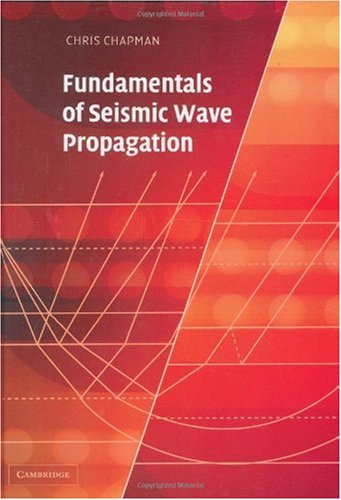
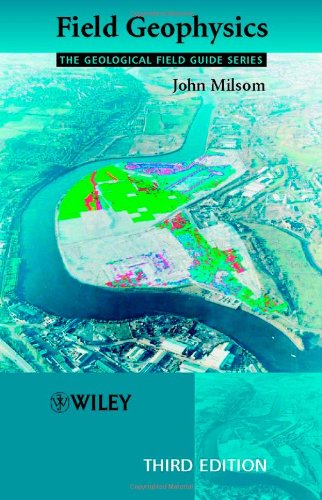
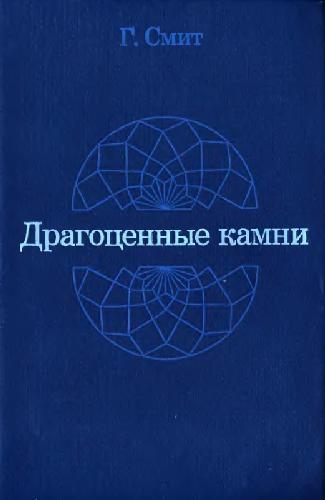
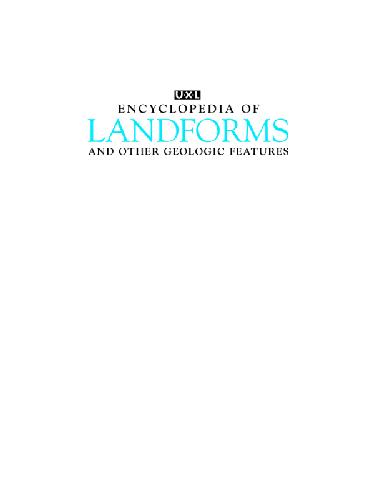
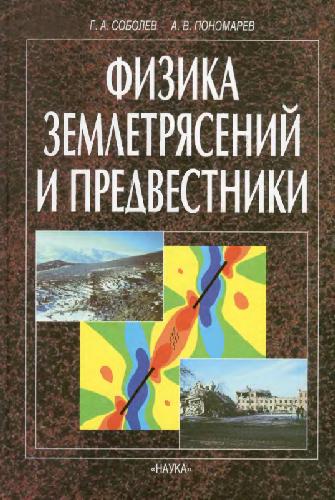

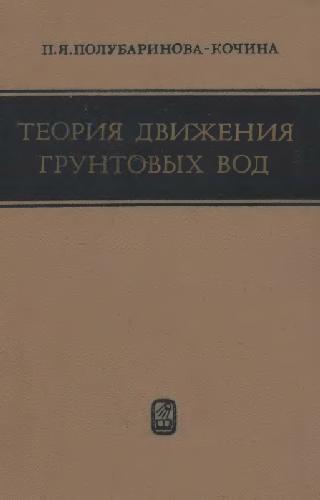
Reviews
There are no reviews yet.